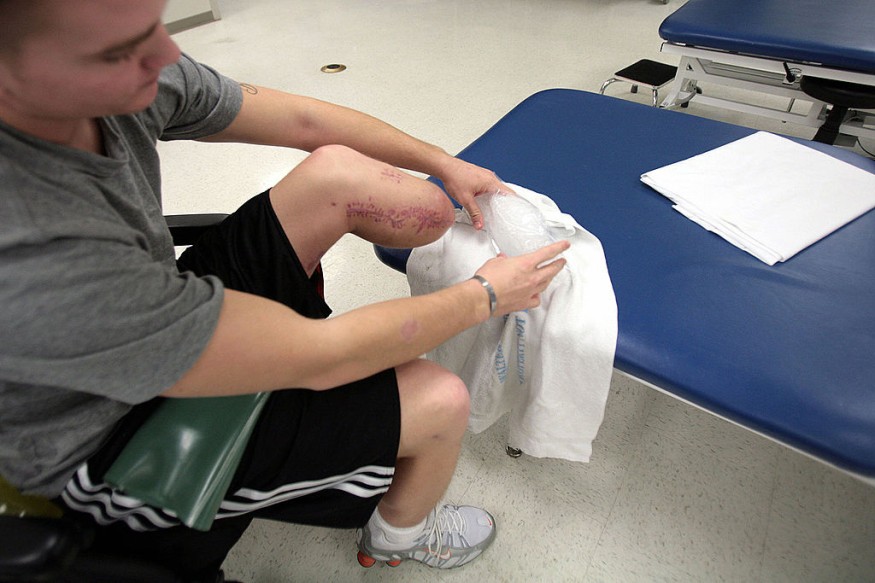Regeneration of limbs, other appendages, and organs are biological features where some invertebrates like amphibians and other animal species possess. The existing regenerative process is concrete and real, yet has somehow plagued scientists for many years.
The challenge lies in its potential applicability to mammals, and even humans as well.
However, a series of fresh studies, with the most recent published in June, show that the so-called rescue regeneration is possible for mammals, using mice as a test subject.
The said research also remolds existing perspective as to the scientific community's understanding in the field of regeneration science.
Rescue Regeneration

The new study was published in the journal Developmental Biology earlier this year, wherein scientists assert the denervation or nerve supply deficiency are not necessary for the biological process of regeneration to take place.
The paper started with the premise that innervation or nerve supply abundance is a fundamental requirement for the production of neurotrophic factors to pave the way for blastema formation and epimorphic regeneration for invertebrate animals like fish and amphibians.
However, the recent research suggests that innervation-dependent factors are not always present when some animals undergo a full-blown regeneration.
Joint Regeneration
Ken Muneoka, a professor at Texas A&M University, proved for the first time that joint regeneration is possible for mammals, as cited by News Medical. The recordings of the ground-breaking discovery were published in Nature in 2019.
The previous yet related study is like a precursor of the 2022 paper, where Muneoka and his team are reportedly challenging centuries-old beliefs in the field. This time, the scientists have looked at how mammals could regenerate their damaged body parts.
Muneoka has also already addressed the issue of mammal regeneration in another study published in the Journal of Bone and Mineral Research in 2021. In this research phase, it has been established that mechanical loading, a physical stress applied to a certain area, is a requirement for mammals.
Mechanical Loading
Both the 2021 and 2022 studies of Muneoka's team serve as a foundation in creating a new perspective of how regeneration could become a reality for human medicine.
The team places importance on mechanical load, which they claim to have been ignored by scientists in the past studies on human-induced mammal regeneration.
Such is the case since the variables of concern in previous research were focused natural regeneration and nerves, ignoring the mechanical load aspect.
Hindlimb Suspension
Connor Dolan, a former graduate student in Muneoka's lab and the lead author of both studies, placed emphasis on mechanical loading by developing a way to test denervation in mammals in technique used by astronauts.
The technique is called hindlimb suspension, which has been utilized by NASA and other scientists for several decades already to examine how mammals perform under zero gravity environments.
The same rational is also used during medical procedures on the legs of large animals, to prevent them from putting pressure on the affected limbs.
Limb Loss Cases
Harvard University in 2018 cites a report from the Amputee Coalition organization, stating that statistics show that almost 2 million people in the United States are living with limb loss.
The organization said its main causes are vascular diseases, including diabetes followed peripheral arterial disease, trauma, and cancer. These causes are in addition to car accidents, which also lead to limb loss due to physical trauma and damaged blood vessels caused by the impact of the crash.
Related Article: Lizards May be the Key to Regenerating Limbs
© 2026 NatureWorldNews.com All rights reserved. Do not reproduce without permission.





